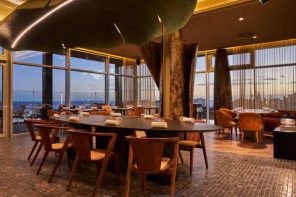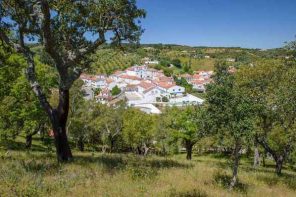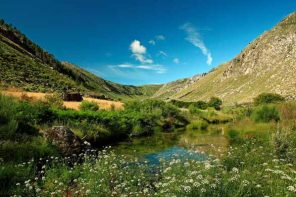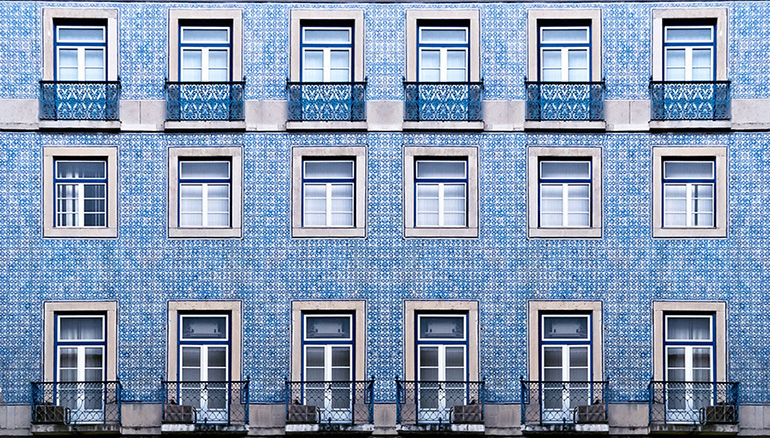
Azulejo (Tile). A 15 cm x 15 cm square ceramic piece that, given its impermeability, durability and resistance has evolved from a decorative object to become an architectural element, initially reserved only to the Church, but now accessible to all social classes.
Either with a flat surface or embossed, monochromatic or polychromatic, the azulejo, or its grouped image, the mosaic, has the capability of conveying historic, religious or allegoric imagery in a very realistic way. It depicts the History of a country and the stories of its people, and is mainly used as building décor throughout Lisbon, as in an open air museum.
Underground/Subway stations
Underneath the surface, in several of the underground stations, the walls have served as canvas for azulejos’ panels, designed by a selected group of reputed artists.
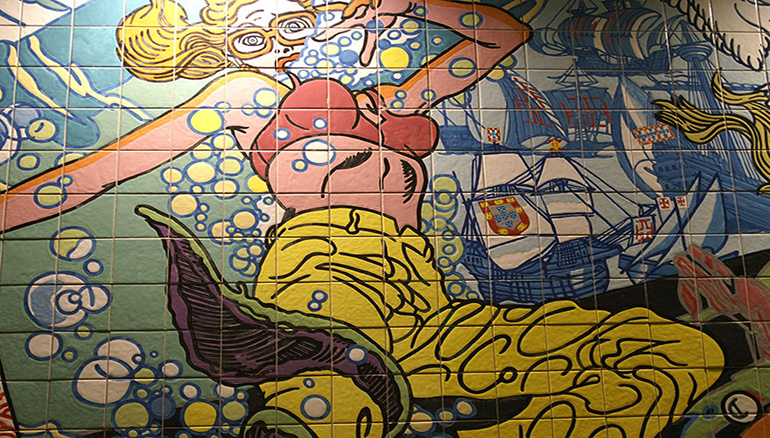
Botto Gonçalves Garden
Near “Feira da Ladra”, Lisbon’s Flee Market, 52.738 hand-painted azulejos by André Saraiva reveal an image of Lisbon as seen by the artist.
Campo de Santa Clara 124-126
This building frontage, entirely decorated in baroque inspired azulejos, was made in 1860 and depicts images of marble busts in white, blue and yellow shades.
Viúva Lamego
The romantic style frontage of the Viúva Lamego ceramic factory, located at Intendente Square, dates from 1865 and illustrates the relevance of the commercial relations between Portugal and the Far East.
Oceanarium
In shades of blue and white, the facade of the Oceanarium, Lisbon’s Aquarium, propels us to the marine world. Curiously, the drawing in its entireness is only visible from a distance. When seen from close by, it just looks like azulejos with a variety of motives.
“The Sea”
At Infante Santo Avenue, a 1958 representation of the sea by the painter Maria Keil strikes us for its depth, colors and plasticity.
The 74D at Almirante Reis Avenue
The number 74D at Almirante Reis Avenue is one of the first examples of Art Nouveaux in azulejo. Made in 1908, the top part shows sunflowers and floral motives, while the lower segment reveals green rectangles.
Masonry
Covered with masonic elements, the facades of numbers 28 to 34 at Trindade Street, painted in 1864, depict azulejos with images associated with agriculture, commerce, science and industry motives.
Azulejo in advertising
Advertising can also take on the form of azulejo, as in “Casa dos Parafusos”, a building from the 1920s located at Rua da Boavista, near Cais do Sodré.
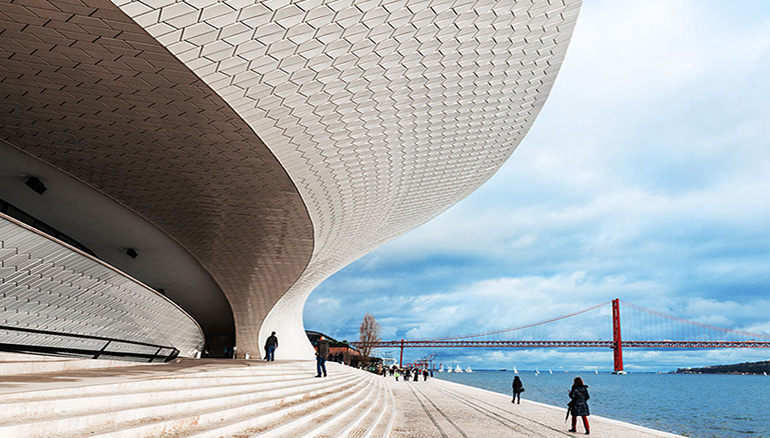
Geometry
Almada Negreiros was the author of the 1949 facades at Vale Pereiro and Salitre Streets. In green and black tones, they show a waving pattern.
Museum
The history and relevance of the azulejo in the Portuguese culture can be witnessed at the Azulejo National Museum, in Xabregas.
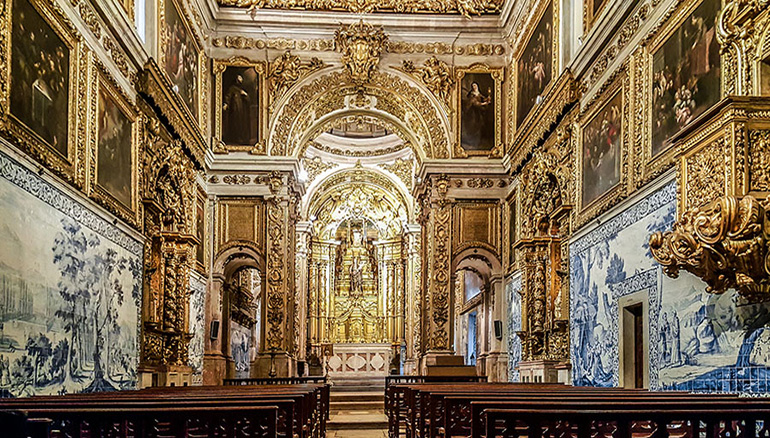
Article produced in partnership with INS





